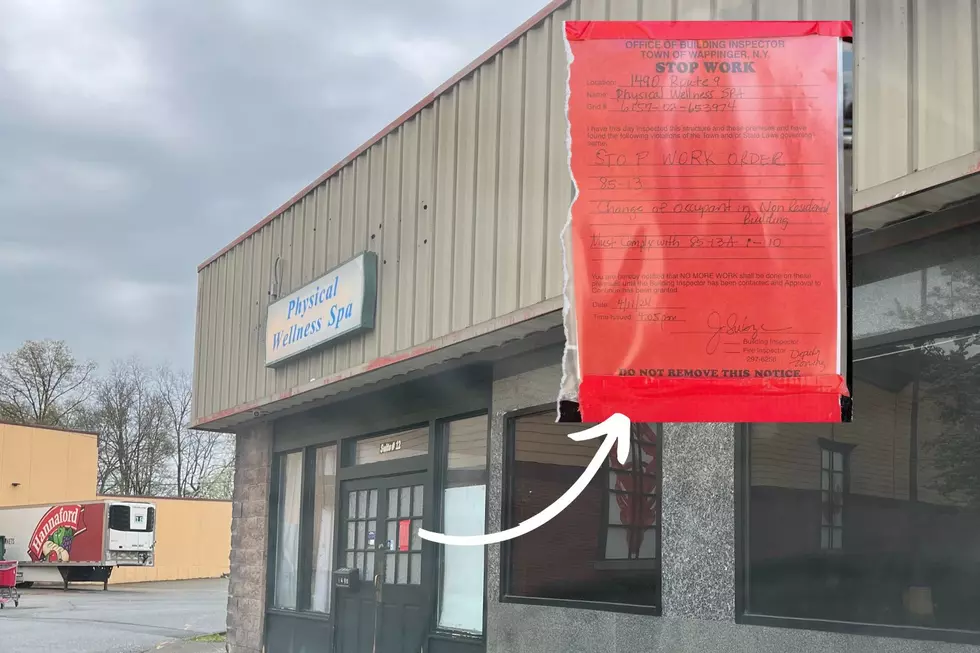
Expert Tips
1) How do I know I need an alignment?
While unusual tire wear can be an indicator that your vehicle needs an alignment, it may also be a symptom of worn out parts.
2) What causes the car's alignment to change?
A hit to a curb or pothole can damage or move tie rods or control arms out of adjustment. Normal wear and tear on steering or suspension parts will cause a gradual shift in the alignment and cause abnormal tire wear.
3) How does “TOE” matter to a wheel alignment?
There are 3 angles involved in an alignment, Caster, Camber and TOE. Most cars will have the TOE set to zero, which means the wheels are perfectly parallel. A TOE reading that is just a little off its appropriate setting can make a huge difference in tire wear. Consider that if the TOE measurement is just 1/16-inch off of its appropriate setting, each tire on that axle will scrub almost seven feet sideways every mile! Extend it out and you'll discover that rather than running parallel to each other, the front tires will scrub over 1/4-mile sideways during every 100 miles of driving! Incorrect TOE will rob you of tire life.
4) Why does my car shake when driving at highway speeds but not at slower speeds?
Wobbling in the steering or other part of the car could be an indication that a tire or multiple tires are in need of balancing. The centrifugal force created by a spinning tire may not be enough to create a shaking sensation at slower “around town” driving. However, highway driving creates a much greater force on the tire and the shaking feeling is more easily noticed.
5) When should I change my oil?
Good vehicle maintenance is the best way to extend the life of your vehicle. Oil changes and normal tire rotation should be done at regular intervals. A good rule of thumb is to change your oil every three to five thousand miles and to rotate your tires every other oil change. Refer to your vehicle Owner's Manual for the recommended service intervals. Del Hatt Automotive frequently sends out email reminders which you can track on your vehicle's Owner Autosite page. If you haven't enrolled your vehicle, contact Del Hatt Automotive.
6) How do I know if my tires are wearing out?
Tires have built-in tread wear indicators which mark the minimum allowable tread depth. The indicators are 4~6 small raised bars which run across the grooves of the tire tread and are 1.6mm in height. Made to be clearly visible to consumers, the mark in the shoulder area also helps to pinpoint the location of the indicators. When measuring tread depth, one should avoid the area with the indicators. Tires with worn out treads lack the ability to channel water, creating extremely dangerous situations such as slipping or hydroplaning on wet roads.
More From WRRV-WRRB








